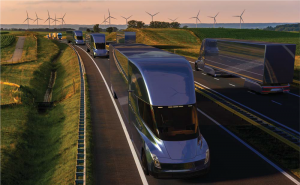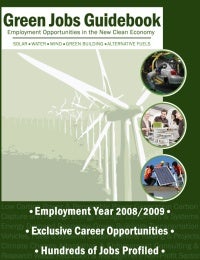(This post originally appeared on EDF’s blog California Dream 2.0)
By Tim O’Connor and Katie Hsia-Kiung, with Ilissa Ocko

Source: Drought Monitor
2013 was a record-breaking year in many respects. Peyton Manning broke the record for the most touchdowns and passing yards thrown in a single NFL season. At age 19, Ryan Campbell became the youngest person to circumnavigate the world, and at age 80, Yuichiro Miura was the oldest to climb Mount Everest.While many of the records broken last year demonstrated remarkable human stamina, determination, and grit, there were other “accomplishments” that shouldn’t be received so warmly.
California’s capital, Sacramento, for example, experienced its driest year since they began measuring rainfall in 1878. Conditions are so dry that some cities in California’s Central Valley are imposing water rationing orders and more are expected to follow. According to the U.S. Drought Monitoring System, approximately 85% of the state is suffering from severe drought, and the snow pack is so meager in some places, there is simply no snow to measure.
Across California, temperatures on Christmas Day set new heat records, reaching 15 degrees above average in some areas. New York City, Philadelphia, and Atlantic City also broke previous high temperature records this past December – which has now been followed by extreme cold and snow storms. On the international level, 2013 was tied for the fourth warmest year on record.
One question on the minds of many is what is causing this extreme weather, and whether man-made climate change is the culprit. The response lies in science. The continued rise in record-breaking events is just what has been predicted by scientists and is statistically too significant to ignore. And while it is difficult to attribute individual weather events to climate change, scientists are developing techniques to determine a connection. To date, certain heat waves, droughts, and flooding events have been linked to human-caused climate change, and scientists are planning to investigate the California drought as well.
Ironically, unlike records from sports or other human feats, it takes drive and determination to avoid breaking climate change records. Scientific experts across the world agree that after over a century of increasing fossil fuel combustion, the planet is on a path towards more frequent extreme weather events, and we must cut climate pollution to stop this from happening. This will require investment in low-carbon solutions like clean energy, clean fuels, and efficiency.
Similar to how taking steroids out of baseball brought the sport back to its rightful state, cutting climate pollution through efforts like California’s Global Warming Law (AB 32) will bring the atmosphere back towards greater stability.
Like home runs and touchdowns, droughts and snowstorms will always be a part of the environment we experience, we just don’t need any extra ones. As climate pollution is reduced, we’ll move toward a future with a lot fewer records being broken, letting communities – and statisticians everywhere – live a little better.
 Transitioning to zero-emissions trucks and buses is necessary for both climate stability and to protect communities from air pollution. With nearly 23 million diesel-fueled medium and heavy duty trucks and buses operating on roads today in the U.S., moving to zero-emissions technology will result in significant investments in manufacturing, infrastructure, operations and maintenance training, research and development and midlife vehicle businesses.
Transitioning to zero-emissions trucks and buses is necessary for both climate stability and to protect communities from air pollution. With nearly 23 million diesel-fueled medium and heavy duty trucks and buses operating on roads today in the U.S., moving to zero-emissions technology will result in significant investments in manufacturing, infrastructure, operations and maintenance training, research and development and midlife vehicle businesses.











 Today we’re launching a resource for people who want to enter the green job market. Our new
Today we’re launching a resource for people who want to enter the green job market. Our new